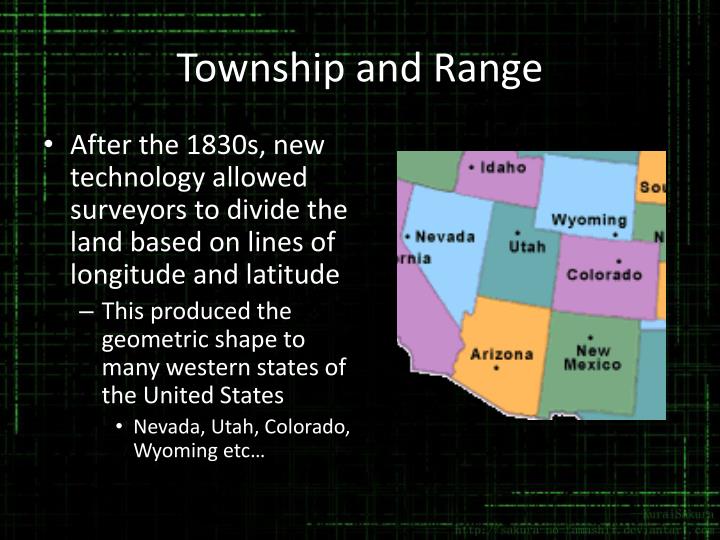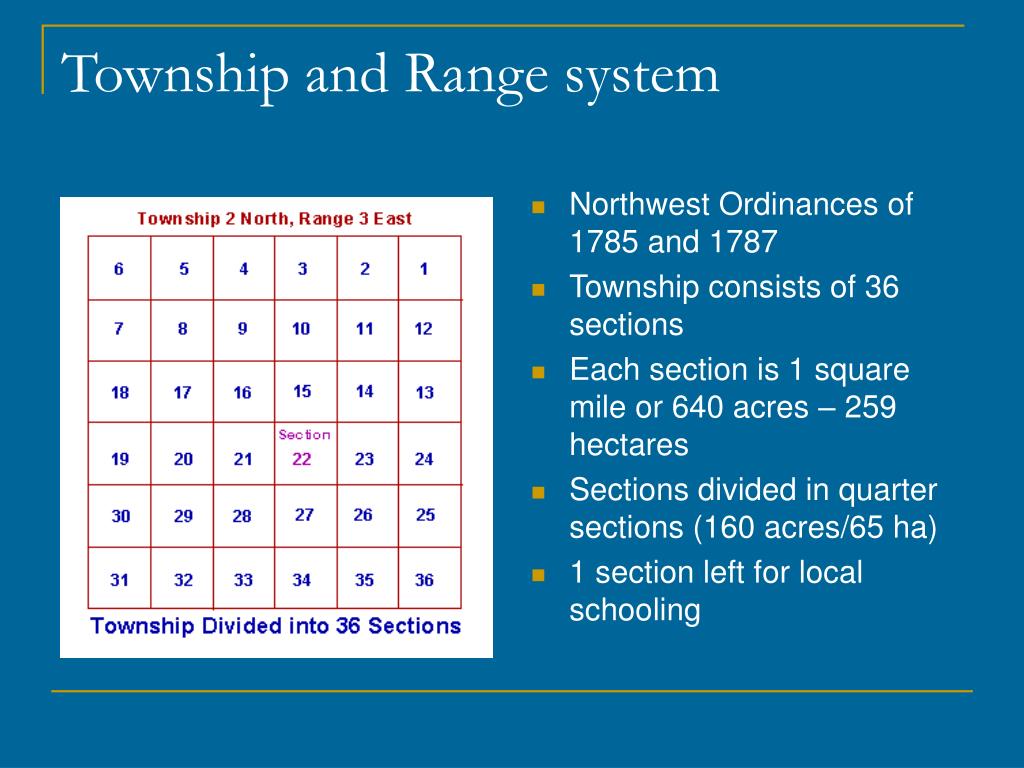

The Rectangular system is 24 square miles long and wide and is divided into four six mile squared townships. Smallest clusters of settlements that contain only about a dozen buildingsĪ settlement in which the majority of the population was involved in primary activity and incestmed little time in public infrastructure.īut now, with industrialization, the line between rural and urban is blurring and so villages are now defined by the number of people living in an area.Ī Germanic system in which all land owned is inherited by the oldest son.Ī system used to organize and arrange towns and developements. When diffusion occurs because of looks instead of practicality.Įxample: Folk-Housing Regions, The diffusion of the ranch styled homes were adapted into locations that didn't necessarily need the structure of the home for ranch purposes but instead for favorability of the looks. The three housing structures that diffused are New England, Middle Atlantic, and Southern styled homes Three regions on the north/Mid eastern coast of the United States, that diffused west as far at Missouri, Iowa, and Arkansas. These Houses are Mainly Found in the LDC's The tightly woven net being the roof and the mud bricks sustaining the structure. These houses can also be a mix of mud bricks and sticks and poles. Houses built from sticks and poles that are woven tightly together. In Middle East, SW United States, and Mexico:Ī mixture of wet mud, with straw, poured into wooden frames and allowed to dry briefly then placed into the sun to harden. Intensively cultivated land, but my machine and not by hand. THey were in places where settlements could be regulated by law. The location of farms are not always based on the Thunen Model, these are patterns are those of what he observed and recorded and created in a model/diagram.Ī system adapted to delineate property lines. It is based on the modern techniques of genetic engineering. It is the development of foods in laboratories and large manufacturing plants. This agrictultural revolution is in action today. Some farmers stay in one place but many others practice shifting cultivation. They then move to another tropical section and restart their farm.įact: It is also called the slash-and-surn agriculture because in order to clear the land, trees, shrubs and plants are burned down and the ashes form a layer at the top of the soil adding to it's fertility.įarmers who grow only enough food for their own survival.

The soil in these areas are temporarily fertile and so famers use this plot of land until the nutrients are gone. Productivity increased to meet rising demandsĪ form of farming that is still practiced today in tropical areas. Soil preperation, fertilization, crop care, and harvesting were improved. Tools and equipment were modified for farming. Sauer says the hearth is north of the Bay of Bengal, but his ideas aren't widely accepted Plants are domesticated when they are dependent of the help of humans in order to stay alive. Transformation from Hunting and Gathering to settlements and agriculture. Huge population increase, also known as the Neolithic Agricultural Revolution. Also, more generally, when animals are dependent of humans for the basic needs of survival. The tending of crops and LIVESTOCK to produce food


 0 kommentar(er)
0 kommentar(er)
